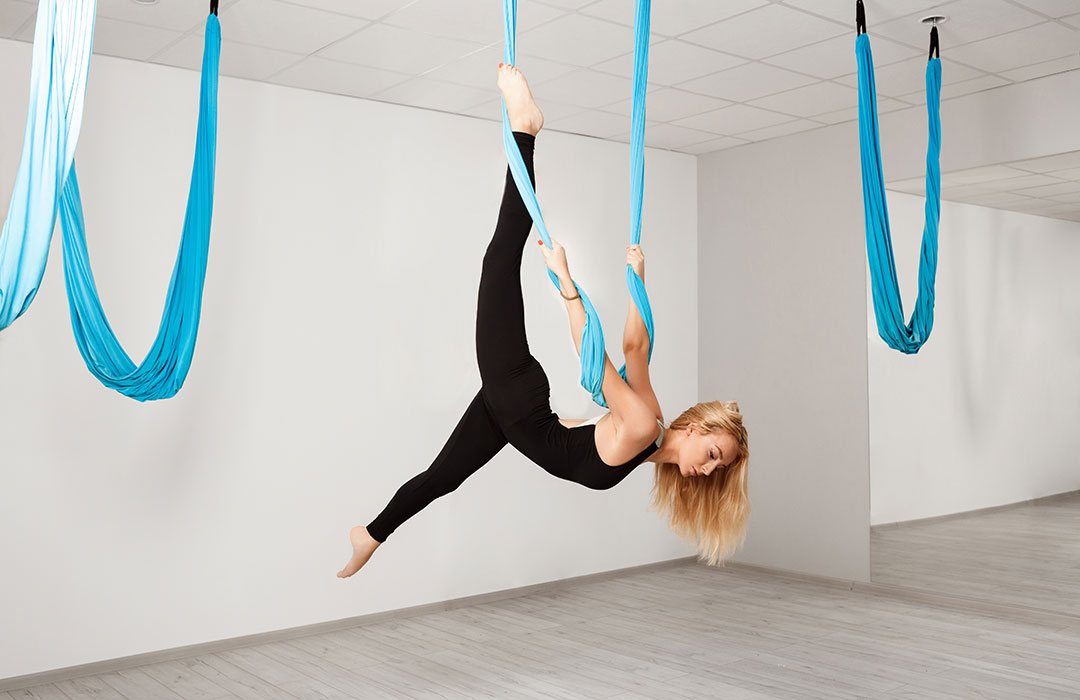Introduction
Two major muscle groups take center stage when building solid arms: the biceps vs triceps. These muscles are crucial in various daily activities and athletic performances, making them a favorite among fitness enthusiasts. In this comprehensive article, we will explore the key differences between biceps and triceps, their unique training principles, the strength they possess, and ways to keep them in top shape. So, let’s dive in and uncover the secrets of these power-packed muscles.
Physiology
Before we delve into the training principles and exercises, it’s essential to understand the physiology of both the biceps and triceps. These muscles are part of the upper arm, and while they work together, they have different functions. The biceps consist of two heads – the short head and the long head – and are located at the front of the upper arm. They play a vital role in elbow flexion and forearm supination, enabling movements like lifting and pulling.
On the other hand, the triceps, as the name suggests, consist of three heads – the lateral, medial, and long heads – and are located at the back of the upper arm. They are primarily responsible for elbow extension, crucial for pushing and straightening the arm.
Training Principles for Each
To develop these arm muscles effectively, it’s essential to understand the specific training principles for biceps and triceps.
Biceps Training Principles
Biceps training often involves exercises that focus on elbow flexion. Curling movements are popular choices, whether with dumbbells, barbells, or cables. The key to maximizing biceps development is to perform exercises with controlled, slow movements, emphasizing the squeeze at the top of each rep. It’s crucial to avoid swinging or using momentum to ensure that the biceps do most of the work.
Triceps Training Principles
Training the triceps requires exercises that target elbow extension. Typical exercises include triceps dips, pushdowns, and overhead extensions. Proper form and full range of motion are vital to engage the triceps effectively. Like biceps training, focusing on the mind-muscle connection and avoiding excessive swinging will yield better results.
Which is Easier to Train?
The ease of training between the biceps and triceps often varies from person to person. Some naturally find biceps exercises more manageable due to their involvement in daily activities like lifting objects. On the other hand, others may find triceps exercises easier, especially if they engage in pushing activities regularly. Consistency and adherence to a well-rounded workout routine are essential for developing both muscle groups.
Ways to Train It
Biceps Training Techniques
- Preacher Curls: Use a preacher bench to isolate the biceps and perform curls emphasizing the peak contraction.
- Hammer Curls: Hold dumbbells with a neutral grip and perform curls, targeting both the biceps and brachialis muscles.
- Isometric Holds: Hold the position at the top of each bicep curl for a few seconds to intensify the contraction.
- 21s: Divide a set of curls into three parts – performing 7 partial reps from the bottom, 7 from the middle, and 7 full-range reps.
Triceps Training Techniques
- Close-Grip Bench Press: Perform bench presses with a narrow grip to emphasize the triceps’ involvement.
- Triceps Dips: Use parallel bars or a dip machine to target the triceps through bodyweight exercises.
- Skull Crushers: Lie on a flat bench and lower the barbell towards your forehead while keeping your elbows stationary.
- Diamond Push-Ups: Place your hands close together in a diamond shape while performing push-ups, targeting the triceps effectively.
Which Muscle is Stronger?
The strength comparison between the biceps and triceps depends on the specific exercise and individual conditioning. The triceps are generally considered the stronger of the two, as they have three muscle heads, allowing them to generate more force during extension movements. However, in terms of visual impact and aesthetic appeal, well-developed biceps are often more noticeable, giving the appearance of greater strength.
How to Put Some Strength Behind Muscle Care
To ensure optimal performance and prevent injuries in both the biceps and triceps, it’s essential to incorporate proper muscle care into your routine. Here are some tips:
- Warm-Up: Always start with a dynamic warm-up to increase blood flow to the muscles and prepare them for exercise.
- Stretching: After your workout, perform static stretches to promote flexibility and prevent muscle tightness.
- Rest and Recovery: Allow sufficient rest between workouts to promote muscle repair and growth.
- Proper Nutrition: Ensure a balanced diet with adequate protein for muscle recovery and development.
Best Exercises To Train Biceps And Triceps
Now, let’s explore some of the most effective exercises to target the biceps and triceps:
Best Biceps Exercises
- Barbell Bicep Curls: This classic exercise targets both biceps heads and is great for overall development.
- Incline Dumbbell Curls: Perform curls on an inclined bench to emphasize the long head of the biceps.
- Concentration Curls: Sit on a bench, resting your elbow against your inner thigh, and curl the dumbbell.
- Chin-Ups: While primarily a back exercise, chin-ups also engage the biceps significantly.
Best Triceps Exercises
- Close-Grip Bench Press: This compound movement targets the triceps while engaging the chest and shoulders.
- Triceps Rope Pushdowns: Use a cable machine and a rope attachment to perform effective triceps pushdowns.
- Triceps Kickbacks: Hold a dumbbell and hinge at the waist, extending your arm to target the triceps.
- Dips: Utilize dip bars or parallel bars to work the triceps through bodyweight movements.
Muscle Injuries – Biceps vs. Triceps
While regular exercise can lead to muscle gains and improved strength, it’s essential to be cautious and prevent injuries. If not appropriately trained, the biceps and triceps can be susceptible to strains, tears, and overuse injuries. Common symptoms of muscle injuries include pain, swelling, and limited range of motion.
To avoid injuries:
- Gradually Increase Intensity: Gradually increase the weight or resistance during workouts to avoid sudden strains.
- Use Proper Form: Maintain proper form during exercises to reduce muscle and joint stress.
- Warm-Up and Cool Down: Always warm up before workouts and cool down afterward to prevent muscle tightness.
- Rest and Recovery: Allow sufficient rest between workouts to allow muscles to recover and repair.
Frequently Asked Questions (FAQs)
Can I Train the Biceps and Triceps on the Same Day?
Yes, training the biceps and triceps on the same day is a common practice. Just ensure you give equal attention to both muscle groups and avoid overtraining.
How Often Should I Train Biceps and Triceps?
Training the biceps and triceps 1-2 times per week is generally recommended, allowing sufficient rest between sessions.
Can I Build Arm Strength Without Weights?
Yes, bodyweight exercises like push-ups, dips, and pull-ups can effectively build arm strength.
Does Genetics Play a Role in Bicep and Tricep Development?
Yes, genetics can influence muscle shape and potential, but consistent training and proper nutrition can still lead to significant improvements.
Should I Train the Biceps and Triceps Before or After the Other Muscles?
Training larger muscle groups before targeting smaller ones like the biceps and triceps is advisable.
Can Overtraining Lead to Arm Injuries?
Yes, overtraining without adequate rest and recovery can increase the risk of muscle injuries.
Conclusion
In the battle of biceps vs. triceps, both muscle groups play integral roles in arm strength and aesthetics. By understanding their physiology, training principles, and optimal care, you can sculpt powerful arms that pack a punch. Remember to tailor your workout routine to your fitness level and goals and prioritize proper form and injury prevention. Now, go ahead and unleash the true potential of your arms with targeted training and dedicated muscle care.




